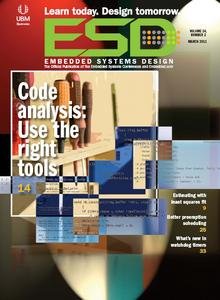Cooking is an art sometimes forgotten in the robotics world, but James, the PR2 robot, and Rosie, another robot from CoTeSys (Cognition for Technical Systems) in Munich have joined forces to show that robots can be of great use in the kitchen as well. They made some pretty successful-looking pancakes and used various tools around the Assisted Kitchen to show off their skills.
The main chef in the experiment was Rosie, who used her broad arms and high levels of dexterity to flip and cook the pancakes. As you can see in the video, she is a bit on the slow side, but she’s also extra careful and gets it done right. She is capable of adjusting the way she pours the batter based on the weight of the bowl, demonstrating some impressive planning and a good use of her sensors, which allow the bot to recognize how much batter she has already poured.
James did his part too by looking up the pancake recipe on the internet, which allowed the robots to learn something new, much in the same way humans can. He generated his own program which used image recognition to find the right ingredients, like differentiating between bottles and finding them in the fridge. James also assisted Rosie by opening and closing drawers, moving things around, and helping her with the dish. He showed off his impressive gripping skills, and both robots were able to correct their errors very quickly as they went along. Let us also not forget that in the past the PR2 has been shown capable of folding towels.
The below video shows the entire process of making the pancakes in much detail including looking up the recipe online, using common sense knowledge to locate the ingredients in the kitchen, use visual object recognition to find the objects and generate and execute a complete plan for the task. It is very impressive!


